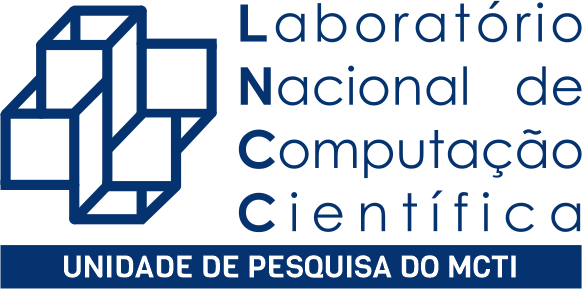EVENTO
On the Interplay of Machine Learning and Complex Networks
Tipo de evento: Defesa de Tese de Doutorado
Network Science (NS) and Machine Learning (ML) are two knowledge areas that have experienced exponential growth in recent years, both in academia and in the industry. Both areas deal with broad problems that can be found in different domains, making them a valuable tool for solving such problems. A particular case is how these two research areas interact with each other and what benefits this interaction presents. Considering this scenario, this work explores how NS can be used both as a tool for improving and as an application of ML methods. Specifically, we deal with two problems at the intersection of these areas: (i) how to improve Reinforcement Learning (RL) methods using NS,; and (ii) how to tackle NS problems using Graph Embedding (GE) and RL. For the first part of our work, we build a new graph-based skill acquisition method, a sub-area of reinforcement learning focused on methods that identify sub-goals within RL problems, and create macroactionscapable of reaching such sub-goals. In this context, we propose the Abstract State Transition Graph (ASTG), a more compact representation of the State Transition Graph (STG) used in RL. We then adapt a well - established graph-based skill acquisition method to work with the ASTG instead of the STG. In the second part of our work, we tackle two known NS problems using GE and RL. We first propose the Network Centrality Approximation using Graph Embedding (NCA-GE), a method capable of efficiently approximating node centralities in graphs using GE and supervised learning. The NCA-GE is shown to outperform the state-of-the-art approach, while also being more generic and versatile. We then tackle a different NS problem: efficient diffusion in Time-Varying Graphs (TVGs). For this task, we propose a method that uses RL and GE to learn the connectivity and temporal patterns of each node in the TVG, allowing it to choose the best node to diffuse an information at each time step so that this information reaches a significant portion of the nodes within a time limit. This method represents a substantially different approach from any other work in the literature, and it establishes anew framework for diffusion efficiency in TVGs that can be adapted for different scenarios.Para assistir acesse: https://us02web.zoom.us/webinar/register/WN__qepv4ZGQDKwocCbmCCB7w
Data Início: 18/12/2020 Hora: 09:00 Data Fim: 18/12/2020 Hora: 14:00
Local: LNCC - Laboratório Nacional de Computação Ciêntifica - Webinar
Aluno: Matheus Ribeiro Furtado de Mendona - - LNCC
Orientador: André da Motta Salles Barreto - GOOGLE - Artur Ziviani - Laboratório Nacional de Computação Científica - LNCC
Participante Banca Examinadora: Eduardo Bezerra da Silva - Centro Federal de Educação Tecnológica Celso Suckow da Fonseca - CEFET-RJ Fabio Andre Machado Porto - Laboratório Nacional de Computação Científica - LNCC Lisandro Zambenedetti Granville - Universidade Federal do Rio Grande do Sul - UFRGS Marley Maria Bernardes Rebuzzi Vellasco - -
Suplente Banca Examinadora: Antônio Tadeu Azevedo Gomes - Laboratório Nacional de Computação Científica - LNCC


